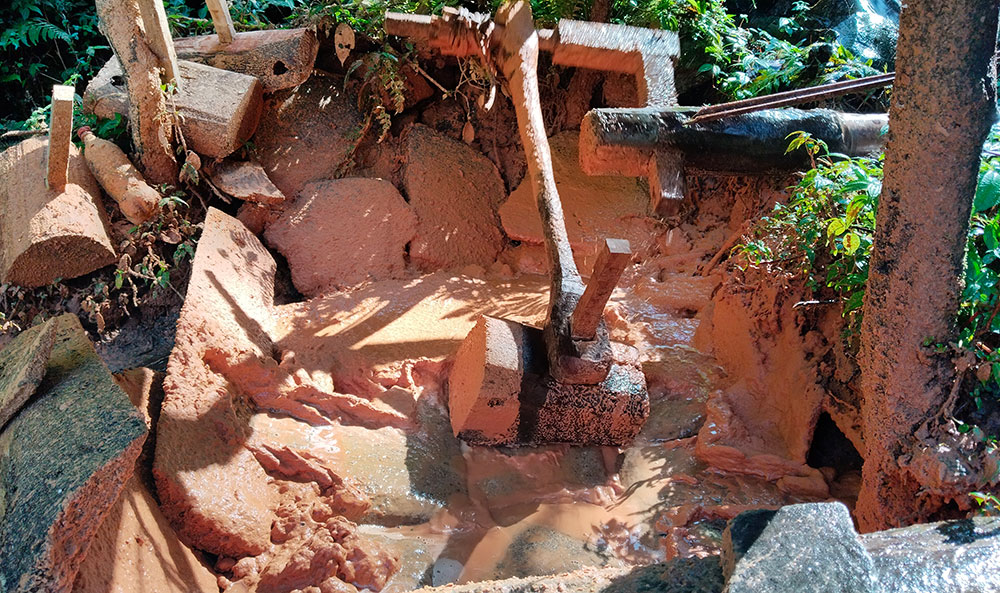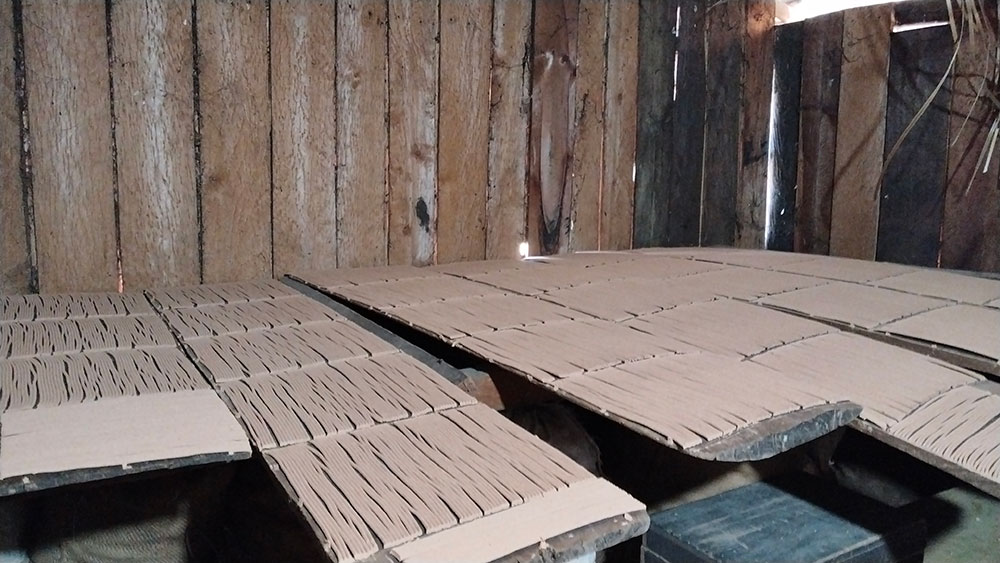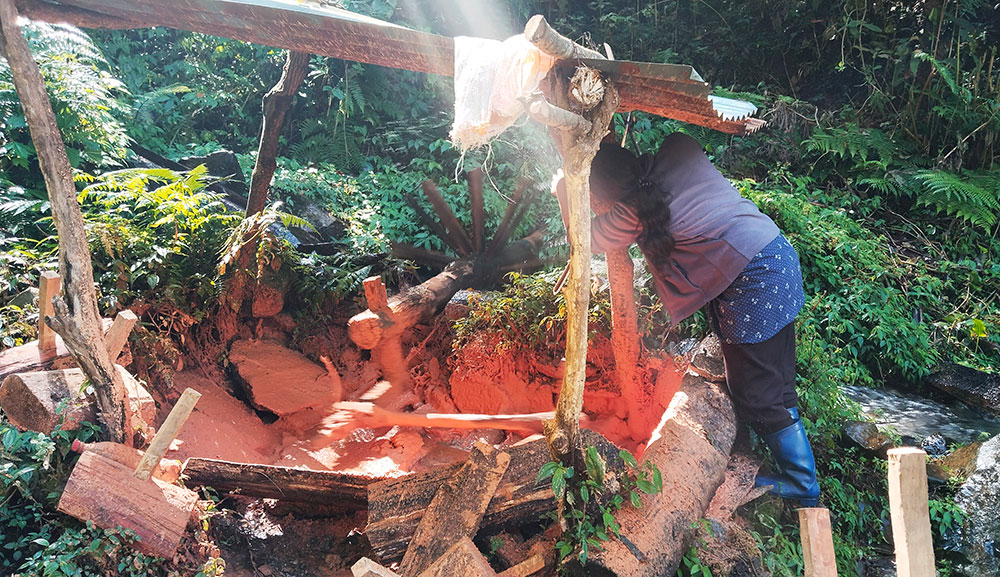Neten Dorji
Sakteng—The traditional watermills (chhuthag), once common in Jongkhar village, Sakteng, are now on the brink of disappearing.
However, 68-year-old Dorji Phuntsho is defying the odds. As the last artisan in the village, he continues to use watermills to produce incense, reviving a craft long forgotten by many.
In the traditional process, running streams power the water wheel. The flowing water turns the wheel, which drives a large log attached to a lever arm, grinding cypress wood into fine incense flour.
“This is how our ancestors made incense flour using traditional water wheels. Producing incense sticks this way is not easy; it’s a laborious and time-consuming process,” says Dorji Phuntsho.


Highlanders used to make incense sticks to barter with grains
Many artisans have abandoned this labour-intensive craft for easier and more convenient alternatives. One artisan explained, “With the availability of imported incense materials and the decreasing supply of cypress trunks, the value of these hardships is often overlooked.”
The traditional process of making incense is painstaking and time-consuming. It begins with collecting cypress wood, which is then cut into smaller pieces and ground into a fine powder using a water wheel powered by a log-driven lever arm. The powder is mixed with water, and the starchy liquid is filtered through a bamboo basket with small holes. This process leaves behind a concentrated mixture, which is sun-dried until it solidifies into incense crumbs or blocks. These dried blocks are ground again in a watermill to create fine incense powder, the key ingredient for making incense sticks.
Villagers recall that incense production was once a means of bartering rather than earning money. “We used to make incense sticks to trade for grains with villages like Radhi and Phongmey,” said Tshering Norbu, 60. “But now, with imported incense dominating the market, many have abandoned the traditional craft.”
Tshering Norbu regards the traditional method as pure and chemical-free, making it suitable for any ritual purpose.
Today, only a few lay monks and highlanders in Jongkhar retain the skills needed to produce incense in the traditional way. Dorji Phuntsho and Tshering Norbu are among the few who learned the craft from a seasoned master with over 20 years of experience in incense making.
“Grinding the wood into a fine powder is essential for producing high-quality incense sticks,” says Dorji Phuntsho. “This is the most labour-intensive part of the process and can take hours, especially when working with harder woods.”
The fine powder is then carefully sifted through a mesh to ensure consistency before being blended with other ingredients.
“If the ingredients aren’t ground finely enough, the sticks won’t hold together, the burn will be uneven, and the scent will lack refinement,” Tshering Norbu says.
Once the powders are prepared, water is added gradually to create dough with the right consistency.
“Getting this step wrong can make sticks messy and challenging,” says Dorji Phuntsho.
Traditional incense sticks are larger in diameter compared to the slimmer, imported varieties.
Tshering Norbu expressed concerns about the future of the craft.
“I worry about the millstones wearing out since no one knows how to make them anymore,” he says. “And lay monks have stopped using traditional tools or gathering herbs from the mountains, as incense is now easily available in the market.”
Interest in traditional incense-making is fading among the younger generation. However, the elders remain hopeful for the survival of their craft, as a machine to produce incense sticks has been introduced, easing some of the labour-intensive processes.


